
Also by Max Watman
Chasing the White Dog:
An Amateur Outlaws Adventures in Moonshine
Race Day:
A Spot on the Rail with Max Watman
HARVEST
 Field Notes from a
Field Notes from a 
Far-Flung Pursuit of Real Food
MAX WATMAN

W. W. Norton & Company
New York London
For Rachael
with love and oysters
CONTENTS
I CALLED MY STEER BUBBLES . He was bred at Wolf Creek Farm in Wolftown, Virginia, in Madison County. As befits a resident of those rolling hills, he was the product of careful breedinga mix of Black Angus, Red Angus, and Polled Hereford. I bought him when he was a year old. In his ear was a yellow tag with the number 879. He weighed in at 675 pounds.
My plan: buy a steer. Id start with an animal, he would graze for about a year, and then hed be food. It turns out that this, the simplest plan ever concocted, just one short step beyond hunting and gathering, a series of events that mirror what people have been doing since cattle were domesticated, was not at all straightforward.
First of all, I had to figure out where to put a steer once I bought him.
Although my yard doesnt seem big enough for cattle, it is. My plot is about 0.11 of an acre, a total of 4,791 square feet. Id say about half of that is built on, leaving 2,395 square feet of potential grazing land. Admittedly, I call some of that square footage flower beds, and there are a fair number of chairs and tables, and Id like to leave room for the pizza oven Im going to build. Cattle on a concentrated animal feeding operation (a CAFO, commonly called a feedlot)where the beef that is for sale in the supermarket comes fromis finished (i.e., raised through the last months of its life like a duck on a foie gras farm, fed on corn until it jiggles and wiggles with the unctuous fat that weve come to expect) on about 30 square feet per animal. My yard is big enough to carry seventy-nine beeves. Im not saying its big enough to run a cattle operation. I dont think I have enough space for calving, or heifers, but with some modificationsa pit that I could fill up with shit and a hopper I could fill up with grainI could keep one steer and fatten him up according to the standards that are in practice for the majority of farmed cattle. Id even have room left for the pizza oven.
For any number of reasonsmarital stability, resale value, and local laws being at the top of the listits a bad idea, and I didnt entertain it for long. I probably spent only a day musing on what the bellowing of a steer in a small pen in the middle of a village might do for the local ambience. I spent, all told, only an hour and a half calculating the viability of a sideline petting zoo and cattle-riding center for the local children.
After I dismissed the idea of the yard cow, I asked myself what I wanted to achieve. Pacing off my yard and imagining seventy-nine head of cattle arrayed therein is enough in itself to put one off of supermarket beef. A fully grown animal commands about twenty-one square feet. It doesnt take Temple Grandin to tell me that a steer might be healthier and happier with a little more room to roam than a third of its own mass. Thatd be, basically, as if I had to live for three months in a crowded rush-hour subway car, during which time all of the passengers crapped on the floor and were fed nothing but huge ice cream sundaes laced with antibiotics. Betty Fussell wrote a book called Raising Steaks about the cattle business. (Its not all bad news in those pagesshe likes beef, and she isnt arguing for the end of meat eating or the dissolution of the industry.) It becomes clear, however, that the segmentation of the supply chainthe division of labor that is so much a part of what the late stages of our Industrial Revolution have wroughtdoesnt do us any favors. As Fussell writes, The traditional industrial beef chain moves in sequence: The cow-calf person sells to a backgrounder (or yearling operator) who sells to a feedlot who sells to a packer who sells to a wholesaler who sells to a retailer. When each segment of that chain is a separate entity, it maximizes profits in ways that do not necessarily benefit the other segments of the chain. Whats more, although this cannot be said of individual cattlemendespite sensational news stories to the contrary, no one cares more about cattle than those who raise, herd, and mind themthe system itself is not concerned with the health or well-being of the animal. The business of the system is moving the cows through it, and each segments priority is getting the animal to the next stage.
It should be taken for granted that only at the retail segment, the last stop, are the consumers taken into consideration at all.
Imagine if the truth were immediately evident: imagine if that on ones way to the supermarket, one first drove a causeway across a lagoon of liquified manure, and then took a twisting road through a feedlot, past the conveyor belt of cattle being killed, and then, perhaps, through a sort of car-wash tunnel where the rapidly separated carcasses were being sawn and ground uphow many boxes of hamburger would be sold by the time the customer reached the store?
I wanted a freezer full of beef because I love it, and I dont want it to come from a system that doesnt care about me or the animal that is going to feed me. Since Ive nixed the yard cow note to wife: Ive really nixed it, Rachael; you can relax the next obvious answer would be that I simply buy my beef from a better source, such as the farmers market or a boutique butcher shop. Two problems present themselves with this solution. The first is that I cant afford it. Despite the well-advertised and rightly argued truth that the cheap meat arrayed in the supermarket is a false economy, the fact remains that within my own household this false economy is the actual one. I understand that millions upon millions of dollars are spent and shuffled to allow corporate beef pricing to remain rock-bottom, that doesnt involve a double-digit-per-pound premium.
The second problem is more subtle. I want to get my hands dirty. If I were to work toward making enough money to buy whatever beef I wanted, I might succeed at it. I trust the farmers at the market and the butchers at the little shops; I appreciate what they are doing, but Id still be buying food that I didnt have anything to do with.
When I was nine years old, or just on the cusp, I got very picky about food (about everything, really; my mom reminds me that I wore the same khaki-colored corduroy suit to school every day). I insisted on packing a peanut-butter-and-jelly sandwich for lunch, and I decided I wouldnt eat chicken. It must have driven my folks crazy. In the spring of 1980, my parents and I were in a car accident. We were driving in our big Econoline van out to the Eastern Shore of Maryland when a drunk jumped his Mercedes over the median strip of the highway and slammed into us. One does not forget car accidents: my mom and I were in the back of the van, lounging on the bed wed built there, and my dad said, Hold on! He slowed down, but the impact shot me forward to the back of his seat. The force was so great that I remember thinking, Why cant I stop myself? It was as if I kept being shoved forward. Then we were lying on a grassy hill, everyone bleeding. The vehicles were obscured by steam and smoke; the air was filled with the horrible smell of fuel, scorched metal, and ferric blood. I came out okaya Mepps lure stuck in my head, and the tip of my tongue bit off. My parents, though, were pretty beat up. They both had fractured ribs and perforated lungs. My mom had a laceration on her scalp. They recovered but needed a long convalescence. I remember them in bed together, reading and blowing into a device that looked like a snorkel to see how high in the devices tube they could float a ball.
Next page
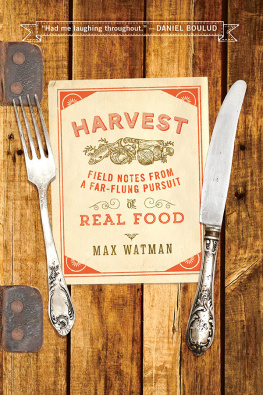

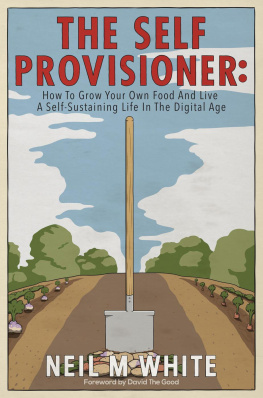
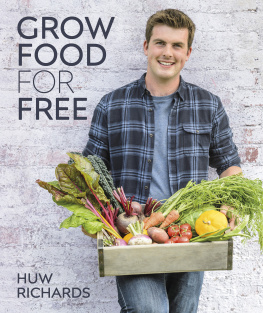

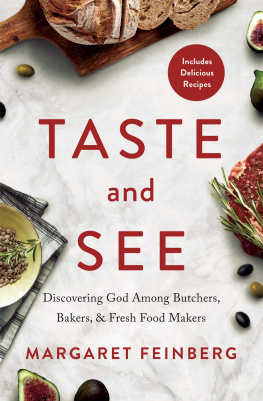

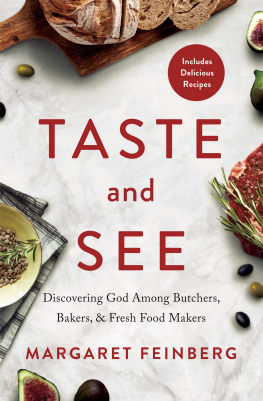
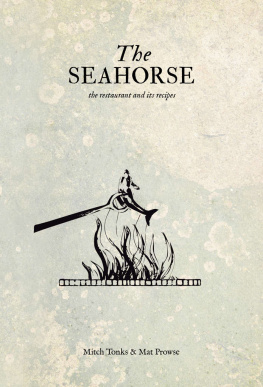
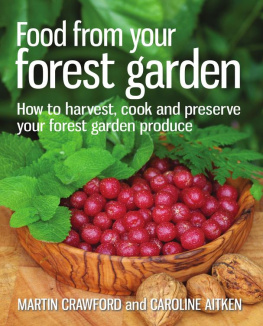


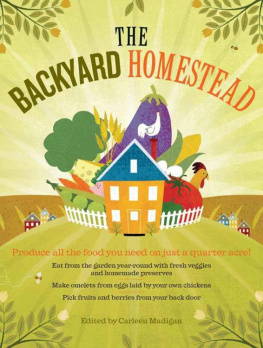

 Field Notes from a
Field Notes from a 
